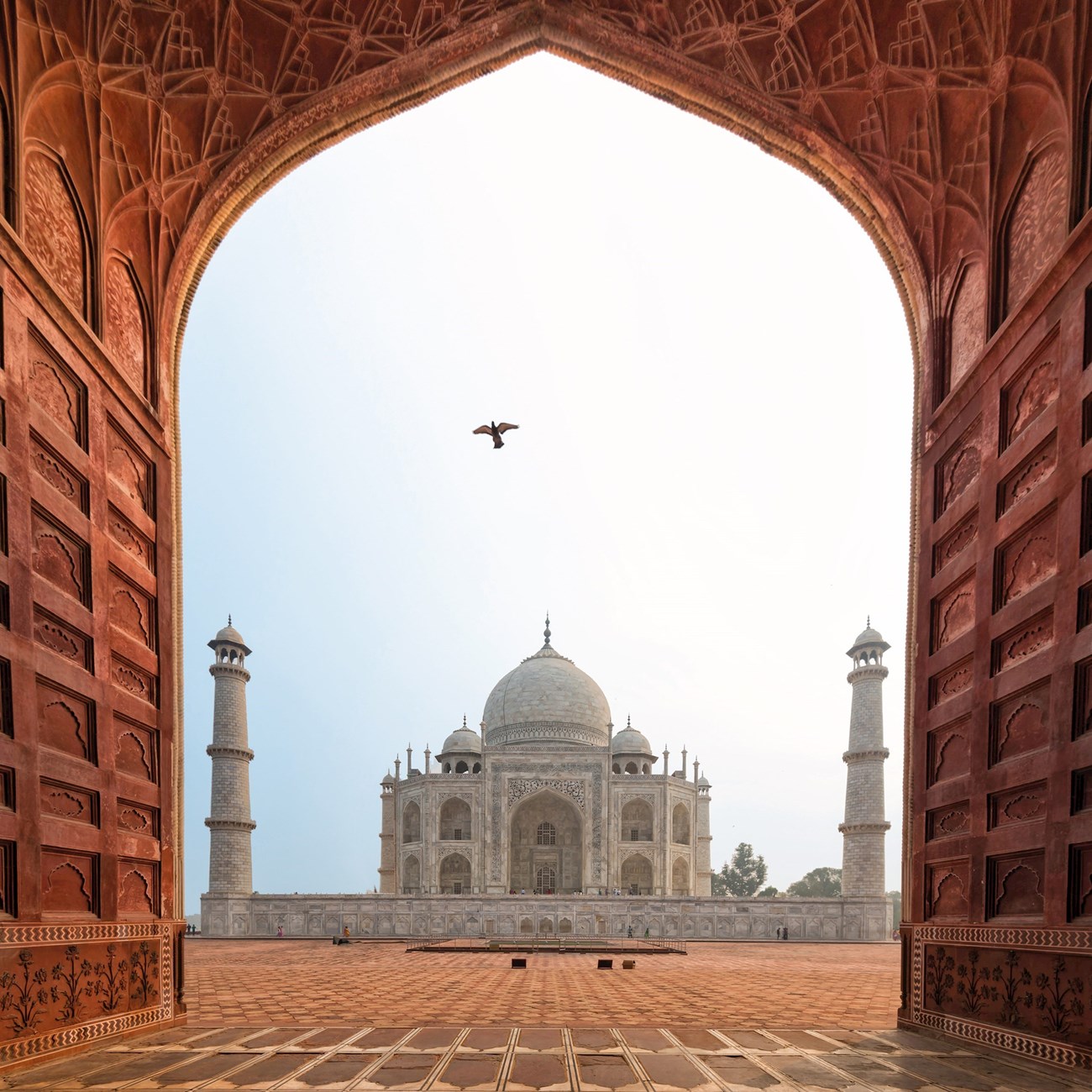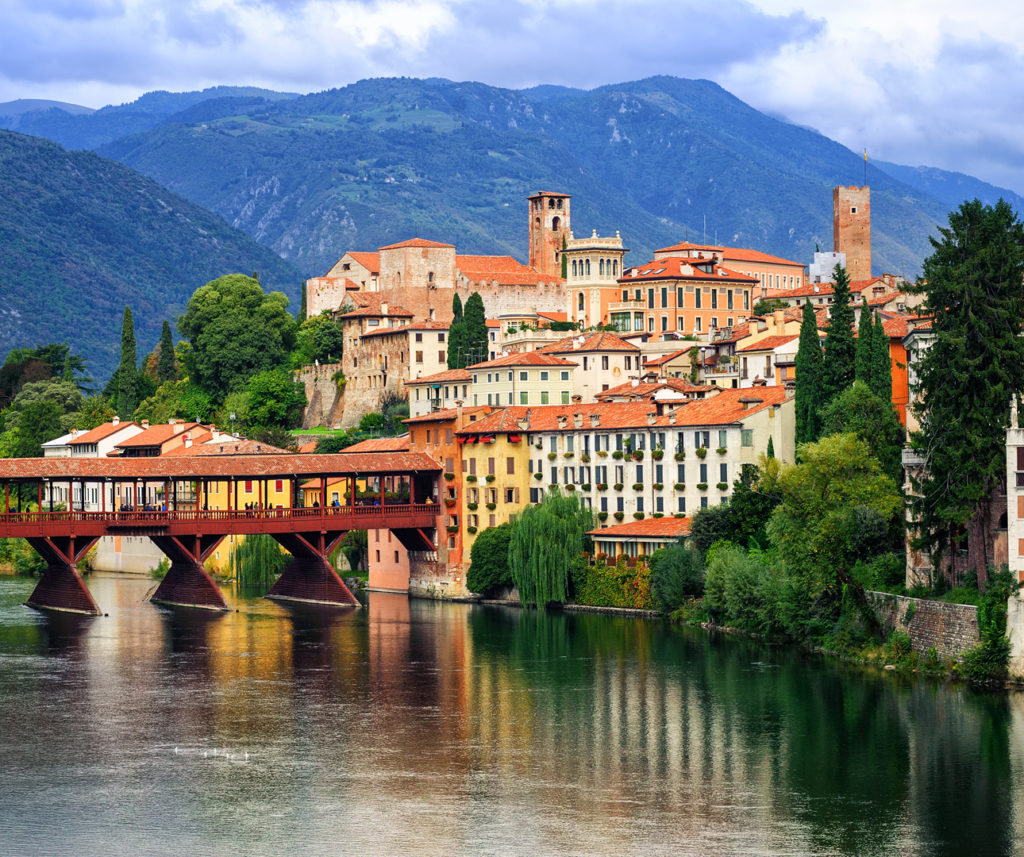Brighten Up Your Vacation in the World's Most Colorful Cities
Chinese Lucky Colors And What They Mean
Colors are very important in Chinese culture as they are associated with different meanings and symbolism. China has a rich history and culture and you’ll find colors used symbolically in every festival and ceremony. The Chinese Five Elements Theory also plays an important role in Chinese customs, as it pairs the five elements with the luckiest colours in Chinese culture. Whether you want to reap the good fortune and joy of the color red, or the health and harmony of the color green, here are some of the luckiest colors in Chinese culture and where to travel to embrace these colors.
Red in China
As a symbol of joy, celebration, vitality, success and good fortune, red is the luckiest color in Chinese culture. It’s famously used in important events such as weddings and festivals like Chinese New Year. You’ll see everything from red lanterns lining the streets to red outfits and red letters pasted on doors. Chinese bridges often wear red as it is said to ward off evil. People also stuff red envelopes with money to give as gifts.
According to the Chinese Five Elements Theory, colors are associated with the five elements of water, fire, wood, metal and earth. Red is connected to the element of fire, which itself is symbolic of renewal, passion and vitality.
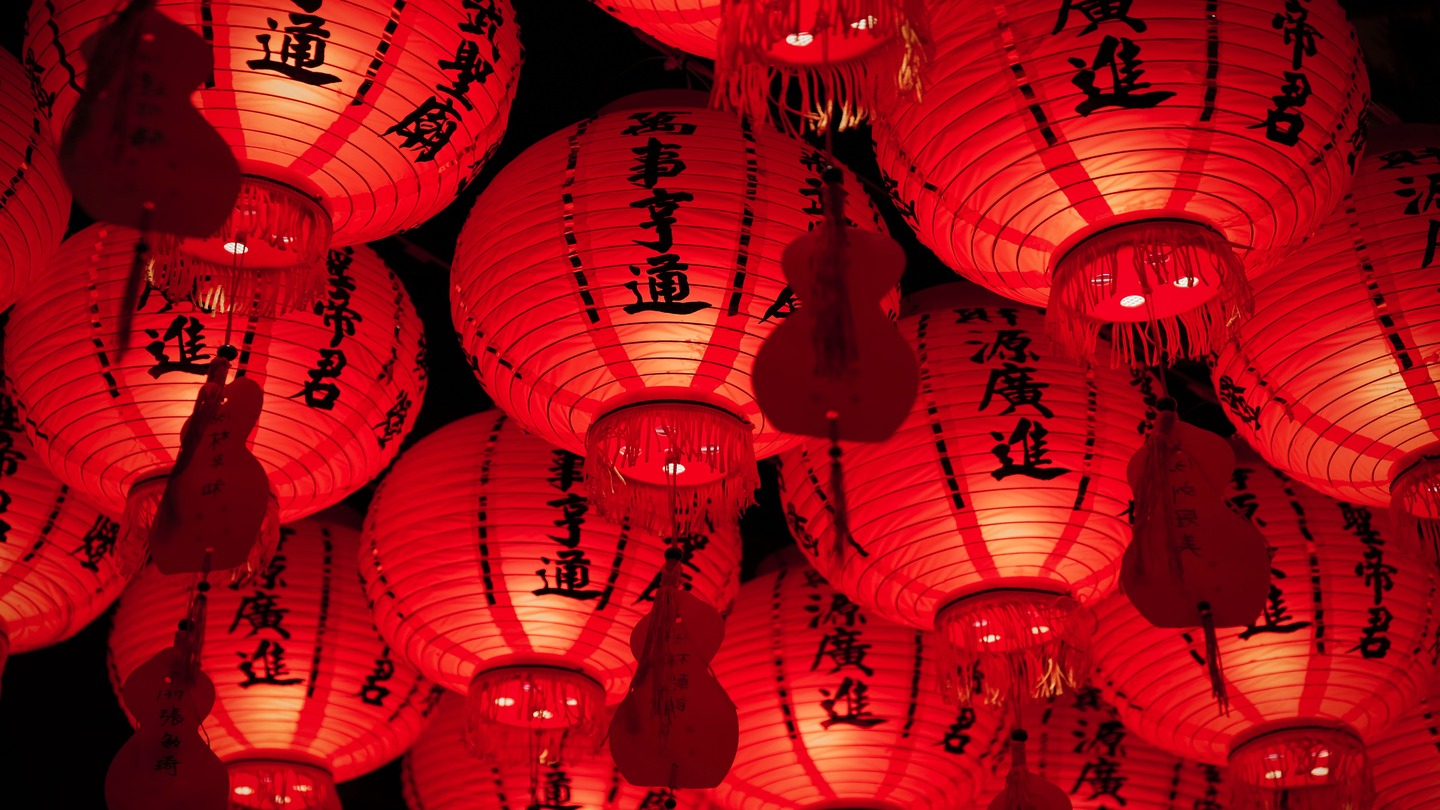
Chinese Green
As a symbol of wealth, regeneration, fertility, health and harmony, green is another lucky color in Chinese culture. In the Chinese Five Elements Theory, green corresponds with the wood element. It also represents cleanliness and purity, so it’s often used in alignment with organic foods and eco-friendly products. You’ll often see buildings, restaurants and banks painted in green in China. The Temple of Heaven was made with azure roof tiles and an ornate azure interior to represent heaven. Green is also the colour of jade. This is the luckiest and most highly valued stone in Chinese culture, known as the “Stone of Heaven”. There’s even a saying that “gold is valuable while jade is priceless.” Jade is symbolic of success, prosperity, good fortune, renewal, and longevity.
One important thing to know is you should never give a green hat as a gift to your Chinese friends. It’s said that a man who wears a green hat means he has an unfaithful wife!
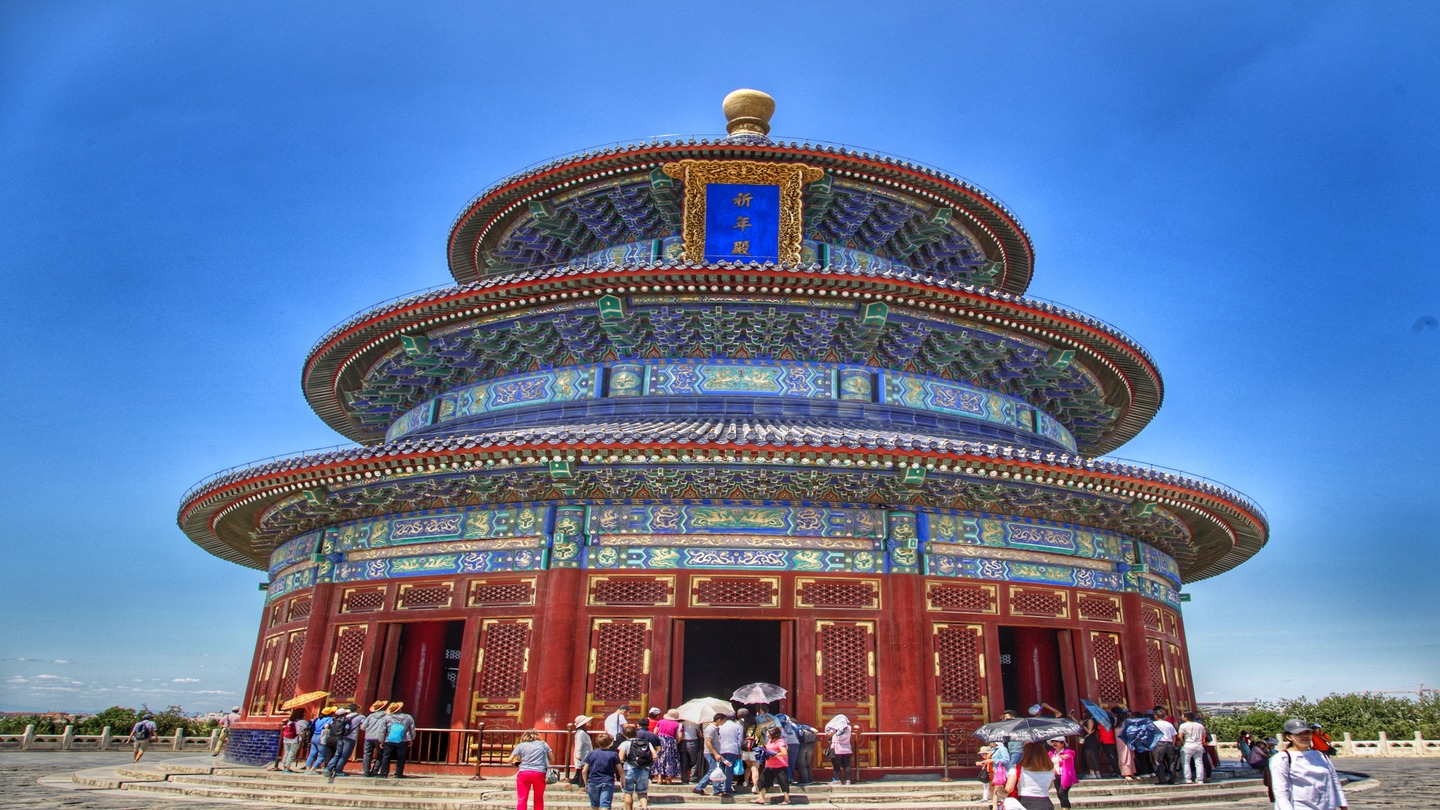
Save up to $3,000* per couple on your first Premium Tour
Plus receive latest offers, travel inspiration, and discover how your travels will make a positive impact. Together, WE MAKE TRAVEL MATTER®. Subscribe Now
Gold in China’s culture
Gold is the color of riches, nobility and good fortune in Chinese culture – similar to almost anywhere in the world. It’s often used for special occasions like weddings and festivals, in combination with red. You’ll see a lot of gold and red decorations during Chinese New Year. Gold corresponds with the metal element in the Chinese Five Elements Theory.
If you want to bask in the good fortune of gold, you might consider a trip to India. The country is renowned for its impressive golden temples. Visit during the day to see the gilded facades glittering in the sun, or go after dark to see these temples glowing in warm light. One of the most incredible gold temples in India is the aptly named Golden Temple in Amritsa. There’s also the Sri Padmanabhaswamy Temple, the richest temple in the world, completely covered in gold leaf.
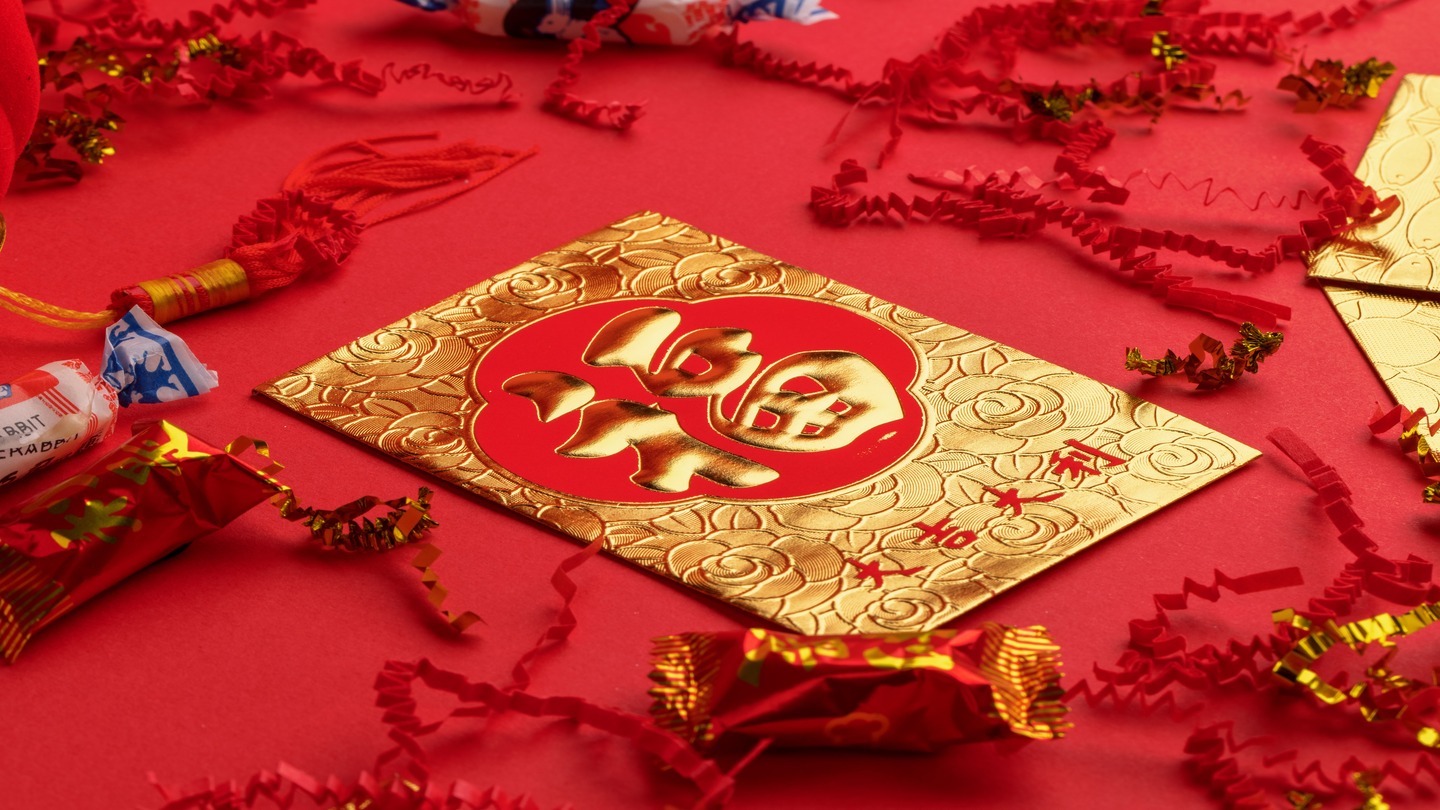
Yellow and the Yellow Emperor
In Chinese culture, yellow is the color of royalty, power, hope and prosperity, making this a very lucky color. The first Emperor of China, Huangdi, was known as the Yellow Emperor. During the Song Dynasty, imperial palaces were adorned with yellow glazed titles, while the Ming and Qing Dynasties saw Emperors dressed in yellow robes. They also travelled on yellow paths in yellow carriages, while all official flags were yellow and official seals were – you guessed it – yellow. If you head to Beijing Jing Mountain to look over the Forbidden City, you’ll still see a swathe of yellow glazed roof tiles. You’ll also see Chinese Buddhist monks wearing yellow robes, as the colour is symbolic of freedom from materialism.
In the Chinese Five Elements Theory, yellow corresponds with earth. China was often called Yellow Earth after its Yellow River, the second longest river in the country. Yellow also represents the late summer season.
If you want to feel the power and prosperity of the color yellow when you travel, you’ve got to visit the Yellow City itself. Hoi An in Vietnam is known as the Yellow City as many buildings through the city are painted yellow, giving it a warm, golden hue. While some say the buildings were painted yellow to keep them cool in the heat, others say it’s because yellow symbolises superiority in Vietnamese culture. If you explore Hoi An night, you’ll see many temples, streets and bridges lit up in glowing lights, adding another dash of yellow to this gorgeous city.
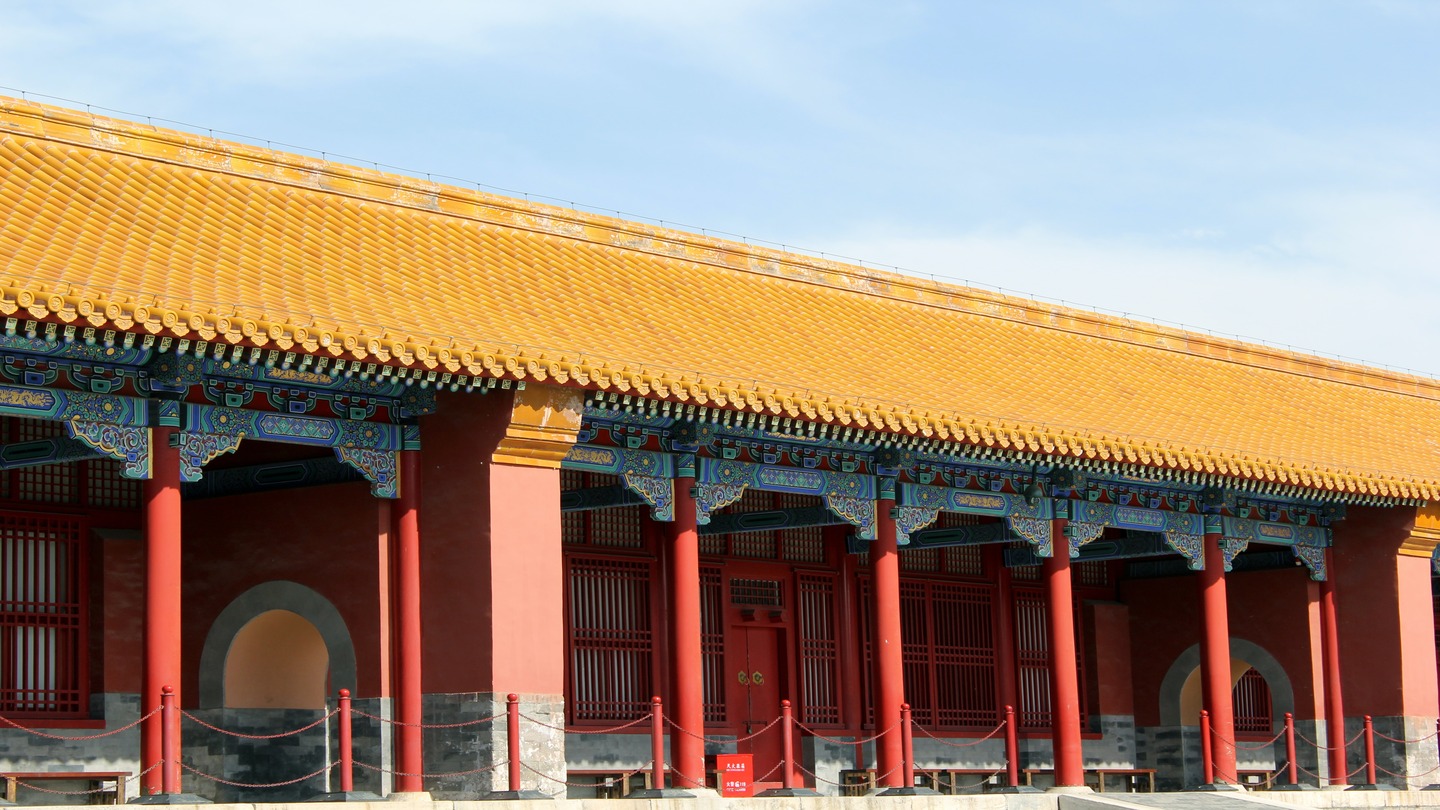
We believe that every day is a lucky day when you are out exploring the world – for travel inspiration take a look at our full collection of premium guided tours.
LIKED THIS POST? SHARE WITH YOUR COMMUNITY


